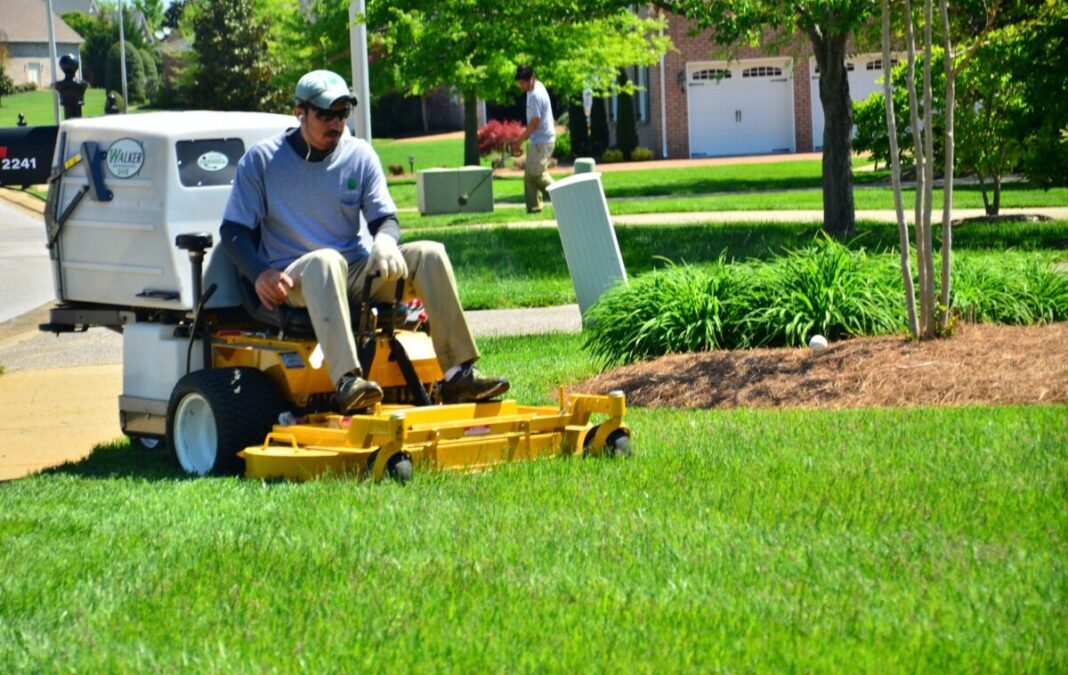The Importance of Professional Lawn Care for Disease Control
Anyone who has ever had a garden knows that there is nothing more frustrating than dealing with lawn diseases. Not only do they ruin the look of your lawn, but they can also be difficult to get rid of. In this blog post, we’ll be discussing what causes lawn disease, how to prevent it, and some of the most common diseases found in North Carolina lawns.
What Causes Lawn Disease?
Lawn diseases are caused by a variety of things, including fungi, bacteria, and even insects. Many of these diseases are spread by spores that are carried by the wind or water. Others are spread by contact with contaminated soil or even through contact with infected plants. Some diseases, such as powdery mildew, can even be caused by humidity.
How Can You Prevent Lawn Disease?
There are a few things you can do to prevent lawn disease, including:
-Properly watering your lawn. Water early in the day so that the sun can quickly dry the leaves. This will help prevent fungal growth.
-Mowing at the proper height. If you mow your lawn too short, you can damage the grass and make it more susceptible to disease. The ideal mowing height is 3-4 inches.
-Fertilizing regularly. A healthy lawn is less likely to get sick. Be sure to use a fertilizer that is appropriate for your type of grass.
-Aerating your lawn. This helps improve drainage and prevents compaction, which can lead to problems like root rot.
-Contacting a professional lawn care company. A lawn care company will have the experience and knowledge to properly treat and prevent lawn diseases.
What Are Some Common Lawn Diseases in North Carolina?
Some common lawn diseases in North Carolina include brown patch, dollar spot, and rusts.
-Brown patch is a type of fungus that thrives in warm, wet weather. It commonly affects St Augustine grass and centipede grass. Brown patch appears as large circular patches of dead or dying grass. The patches can range in size from a few inches to several feet across.
-Dollar spot is another type of fungus that affects both cool season and warm season grasses. It generally appears as small (1-2 inch), round brown patches on the top side of the turfgrass leaves. Dollar spot is most active when temperatures are between 60 and 80 degrees Fahrenheit and humidity is high.
-Rusts are fungi that attack both cool season and warm season grasses. Rusts appear as yellowish or reddish – brown spots on leaves. These spots eventually coalesce into large patches. Rusts thrive in temperatures between 60 and 80 degrees Fahrenheit.
Get Protection
Lawn diseases can be frustrating to deal with, but there are things you can do to prevent them! Be sure to properly water, mow, fertilize, and aerate your lawn to keep it healthy and disease free! If you think your lawn may have a disease, contact a professional lawn care company for diagnosis and treatment options.


